2008 年江苏南京财经大学基础英语考研真题
I. Paraphrase the underlined part of the following sentences. (10 points)
1. Studies serve for delight, for ornament, and for ability.
2. Crafty men contemn studies, simple men admire them, and wise men use them, and
above them won by observation.
3. Unless the man exploit others, he has to work in order to live. Howerver simple
and primitive his production may be, he has risen above the animal kindom; rightly
has he been defined as “animal that produces”.
4. Education makes a people easy to lead, but difficult to drive; easy to govern,
but impossible to enslave.
5. Even philosophy divorced from theology and from the knowledge of life and
ascertainable facts, is but a famishing pabulum, or a draught stimulating for a
moment, leaving behind drought and disillusion.
II. Vocabulary and General Knowledge. (20 points)
1. It was found the diet of older people is often ________in vitamins.
A. shot
B. inadequate
C. deficient
D. failing
2. Your story about the frog turning into a prince is ______ nonsense.
A. sheer
B. shear
C. shield
D. sheet
3. I understand ______preparation that staff must put in under pressure to meet
the deadline.
A. more than the enormous amount of
of
C. better than most the enormous amount of
B. better than most the enormous number
D. fewer than the number of
4. From the available data it may fairly be ______ that the writer flourished in
the 15th century.
A. presupposed
B. presumed
C. assumed
D. supposed
5. I ______ to one daily newspaper and one weekly magazine.
A. prescribe
B. subscribe
C. decretive
D. transcribe
6. Her enthusiasm, and her violent likes and dislikes, _____ herself in all the
�
everyday occupations of life.
A. inserted
D. counseled
C. asserted
D. discerned
7. Communication satellites contain special instruments which can pass on or ______
radio and television programs or telephone messages from one station to another.
A. relay
B set
C return
D. emit
8. One of the attractive features of the course was the way the practical work
had been _____ with the theoretical aspects of the subject.
A. alternated
B. integrated
C. adjusted
D. embraced
9. It is hoped that the prisoner will be released through the _______ of the
president himself.
A. convention
B. prevention
C. intervention
D. interference
10. They began constructing the bridge in 1960, but several years _______ before
the project was completed.
A. elapsed
B. advanced
C. proceeded
D. compromise
11. James Boswell is famous for his biography of _____.
A. General Paoli
C. Lord Chesterfield
B. Samuel Johnson
D. Bertrand Russell
12. Which one of the following books is not written by Jane Austen?
A. Pride and Prejudice
C. Emma
B. Persuasion
D. Mrs. Dalloway
13. Sigmund Freud is a _____.
A. neuropsychologist
C. biologist
B. writer
D. anthropologist
14. Who wins Nobel Prize Laureate for literature among the following people?
A. Johannes Kepler
C. Samuel Beckett
B. Enric Fermi
D. Sigmund Freud
15. The author of The Adventure of Tom Sawyer is _____.
A. Henry James
B. Mark Twain
C. Thomas Carlyle
D. C. S. Lewis
16. Which one of the following events was not a part of civil rights movement in
1960s?
�
A. anti-terrorist
C. the drug culture
B. women’s liberation movement
D. the Vietnam War
17. Jean-Paul Sartre is the foremost exponent of _____.
A. modernism
B. postmodernism
C. intuitionism
D. existentialism
18. The Greening of America is written by _____.
B. Charles Reich
A. Thorstein Veblen
C. Joseph Brodsky
D. Saul Bellow
19. Eskimos call their houses as _____.
C. huts
A. tepees
B. igloos
D. cottages
20. The author of The Scarlet Letter is _____.
A. Nathaniel Hawthorne
C. Herman Melville
B. Kenneth Clark
D. Ernest Hemingway
III.
Error Correction. (10 points)
1. Massachusetts was first explored in the late sixteenth and early seventeenth
e
c
,
n
d
t
h
e
n
t
u
r
s
i
e
a
B
D
A
first permanent settlement at Plymouth in 1620.
D
2. Composer Richard Rodgers and lyricist Oscar Hammerstein II brought to the
l
m
i
c
a
u
s
Oklahoma! extensive musical and theatrical background as well as familiar with
e
h
t
B
C
traditional forms of operetta and musical comedy.
A
D
3. Harvesting of grain is affected by annual changes in temperature or the amount
o
,
s
t
u
r
e
f
o
i
m
B
C
A
but both.
D
4. A patent gives inventors exclusive rights to their inventions for a fix period
�
of time.
A
B
C
D
5. The economy of Litue Rock, Arkansas, is basing primarily on manufacturing,
w
d
a
l
e
a
n
l
h
o
e
s
A
B
retail trade and government functions.
C
D
6. How many people realize that Marjorie Kinnan Rawlings’ The Yearling is a minor
l
y
r
a
r
i
t
e
classic and an important contribute to regional literature?
A
B
C
D
7. Dams vary in size from small rock barriers to concrete structures many feet
height.
A
B
C
D
8. Scientists estimate that as many as two hundred millions visible meteors enter
the Earth’s
A
B
C
atmosphere every day.
D
9. In the early twentieth century, there was considerable interesting among
sociologists in the
fact that in the United States the family was losing its traditional roles.
B
C
D
A
10. Government money appropriated for art in the 1930’s made possible hundreds
of murals and
statues still admiration in small towns all over the United States.
A
B
C
D
�
IV. Reading Comprehension (40 points)
TEXT A
A few common misconception. Beauty is only skin-deep. One’s physical assets
and liabilities don't count all that much in a managerial career. A woman should
always try to look her best.
Over the last 30 years, social scientists have conducted more than 1,000
studies of how we react to beautiful and not-so-beautiful people. The virtually
unanimous conclusion: Looks do matter, more than most of us realize. The data
suggest, for example, that physically attractive individuals are more likely to
be treated well by their parents, sought out as friends, and pursued romantically.
With the possible exception of women seeking managerial jobs, they are also more
likely to be hired, paid well, and promoted.
Un-American, you say, unfair and extremely unbelievable? Once again, the
scientists have caught us mouthing pieties (虔诚) while acting just the contrary.
Their typical experiment Works something like this. They give each member of a
group — college students, perhaps, or teachers or corporate personnel mangers
— a piece of paper relating an individual’s accomplishments. Attached to the
paper is a photograph. While the papers all say exactly the same thing the pictures
are different. Some show a strikingly attractive person, some an average looking
character, and some an unusually unattractive human being. Group members are asked
to rate the individual on certain attributes, anything from personal warmth to
the likelihood that he or she will be promoted.
Almost invariably, the better looking the person in the picture, the higher
the person is rated. In the phrase, borrowed from Sappho, that the social scientists
use to sum up the common perception, what is beautiful is good.
In business, however, good looks cut both ways for women, and deeper than for
men.
A Utah State University professor, who is an authority on the subject,
explains. In terms of their careers, the impact of physical attractiveness on males
is only modest. But its potential impact on females can be tremendous, making it
easier, for example, for the more attractive to get jobs where they are in the
public eye.
On another note, though, there is enough literature now for us to
conclude that attractive women who aspire (追求) to managerial positions do not
get on as well as women who may be less attractive.
1. According to the passage, people often wrongly believe that in pursuing a career
as a manager ______.
A. a persons property or debts do not matter much
B. a person's outward appearance is not a critical qualification
C. women should always dress fashionably
�
D. women should not only be attractive but also high-minded
2. The result of research carried out by social scientists show that ________.
A. people do not realize the importance of looking one’s best
B. women in pursuit of managerial jobs are not likely to be paid well
C. good looking women aspire to managerial positions
D. attractive people generally have an advantage over those who are not
3. Experiments by scientists have shown that when people evaluate individuals on
certain attributes _______.
A. they observe the principle that beauty is only skin-deep
B. they do not usually act according to the views they support
C. they give ordinary-looking persons the lowest ratings
D. they tend to base their judgment on the individual's accomplishments
4. It can be inferred from the passage that in the business world _______.
A. handsome men are not affected as much by their looks as attractive women
are
B. physically attractive women who are in the public eye usually do quite well
C. physically attractive men and women who are in the public eye usually get
along quite well
D. good looks are important for women as they are for men
TEXT B
To emphasize the stagnation and the narrowness of the society depicted
in Jane Austin’s novels is to take a narrow and mechanical view of them. Emma
is not a period piece, nor is it what is sometimes called a "comedy of manners.
"We read it to illuminate not only the past but also the present. And we must face
here in both its crudity and its importance a question. Exactly what relevance
and helpfulness does Emma have for us today?
In what sense does a novel dealing
skillfully and realistically with a society and its standards, which are dead and
gone forever, have value in our very different world today?
Stated in such terms,
the question itself is unsatisfactory. If Emma today captures our imagination
and engages our sympathies
(as, in fact, it does), then either it has some genuine
value for us, or else there is something wrong with the way we give our sympathy
and our values are pretty useless.
Put this way, it is clear that anyone who enjoys Emma and then remarks “but
of course it has no relevance today” is, in fact, debasing
the novel, looking
at it not as a living, enjoyable work of art but as a mere dead picture of a past
society.
Such an attitude is fatal both to art and to life. It can be assumed
that Emma has relevance. The helpful approach is to ask why this novel still has
the power to move us today.
�
What gives Emma its power to move us is the realism and depth of feeling behind
yet passionate and
Jane Austin’s attitudes. She examines with a scrupulous
critical precision the actual problems of her world.
That this world is narrow
cannot be denied. But the value of a work of art rests on the depth and truth of
the experience it communicates, and such qualities cannot be identified with the
breadth of the work’s panorama(概要). A conversation between two people in a
grocery store may tell us more about as world war than a volume of dispatches from
the front. The silliest of all criticisms of Jan Austen is the one the blames her
for not writing about the Battle of the Waterloo and French Revolution, which were
in th4e headlines of the newspapers she read. She wrote about what she genuinely
understood, and no artist can do more.
5. The main idea of the passage is that _______.
A. a narrow view of Emma is natural and acceptable
B. a novel should not depict a vanished society
C. a good novel is an intellectual rather than an emotional experience
D. Emma should be read with sensitivity and an open mind
6. The author would probably disagree with those critics or readers who find that
the society in Jane Austen’s novels is ________.
A. unsympathetic
B. uninteresting
C. crude
D. authoritarian
7. The author implies that a work of art is properly judged on the basis of its
________.
A. universality of human experience truthfully recorded
B. popularity and critical acclaim in its own age
C. openness to varied interpretations, including seemingly contradictory ones
D. avoidance of political and social issues of minor importance
8. The author’s attitude toward someone who “enjoys Emma and then remarks ‘but
of course it has no relevance today’” can best be described as one of ______.
A. amusement
B. astonishment
C. disapproval
D. resignation
Text C
Joseph Jones had a criminal record, but he swore up and down that this time
he was innocent. That's what the 36-year-old felon told a Los Angeles Superior
Court judge last year, just moments before pleading guilty to selling cocaine.
He received an eight-year sentence. On Wednesday, Jones walked out of California's
�
Salinas Valley State Prison, his conviction overturned at the request of the Los
Angeles District Attorney Gil Garcetti. Turns out, Jones really was innocent of
the cocaine charge.
Jones’ case is not all that unusual. In Los Angeles lately, it is the
prosecutors who are asking that defendants be set free. The criminal justice system
seems to have been turned inside out as authorities probe what might become the
most widespread police corruption scandal in the city’s history. “I wouldn't
say the system is in shambles, but it has certainly been seriously disrupted,”
says Michael Judge, chief public defender for Los Angeles. A high-ranking police
official who asked not to be named adds: “I’ve never seen anything like this
before in Los Angeles. It's the kind of thing you hear about in other places. I
don't know if we'll ever get over it.”
Police authorities say at least one officer has been fired, 11 placed on
administrative leave, and one, Rafael Perez, has resigned, as allegations swirl
that they stole contraband, lied, planted evidence, roughed up witnesses and kept
a crash pad where they had sex with prostitutes. Perez admitted shooting an unarmed
man, then framing him by planting a semiautomatic rifle near his unconscious body
and accusing him of attacking officers. Five Los Angeles prosecutors and a special
police task force are reviewing hundreds of cases that might have been compromised.
More than 200 police department supervisors and assistants are part of a board
of inquiry expected to make recommendations to Police Chief Bernard Parks as early
as next week. Five criminal convictions that Perez and his partner obtained have
been overturned, and more could follow, a spokeswoman for Garcetti said.
On Wednesday, public defenders received a list of more than 1 000 cases
involving eight law enforcement officers targeted in the probe. Each must be
reviewed for possibly tainted testimony. If evidence is suspect, lawyers say,
they’ll argue for new trials or dismissal of charges. The courts could be tied
up for years. Adding to the morass, officials expect an onslaught of civil law-suits
against the police department from defendants who were wrongly convicted. The first
has been filed.
“This is a tarnish on our badge,” says Officer Ted Hunt, president of the
Los Angeles Police Protective League, which provides lawyers for accused officers.
He cautioned, however, against jumping to the conclusion that police corruption
is widespread. Only Perez has been proved guilty, he notes. “Other than this one
tiny person who embarrassed all of us, LAPD coppers are honest and ethical, and
they want to do the right thing,” Hunt adds.
In September, Perez admitted in court that he had stolen about 8 pounds of
cocaine from the police evidence room last year. In an attempt to lower his sentence,
he offered to blow the whistle on alleged corruption in the department's Rampart
Division.
�
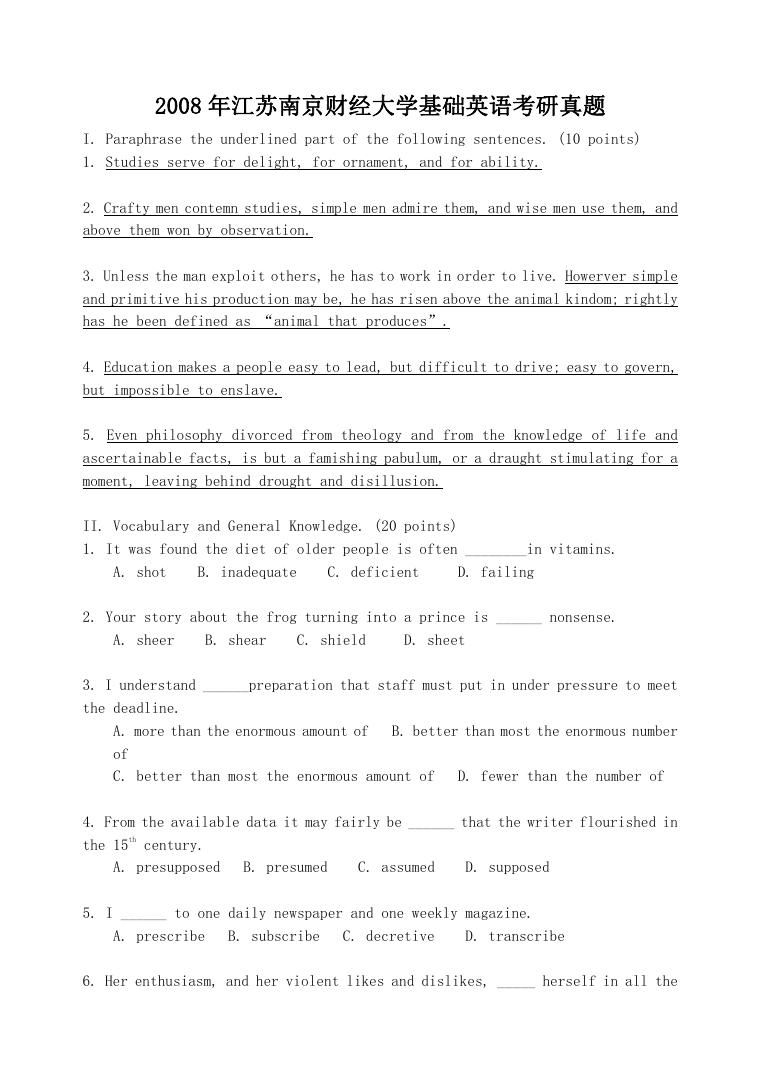
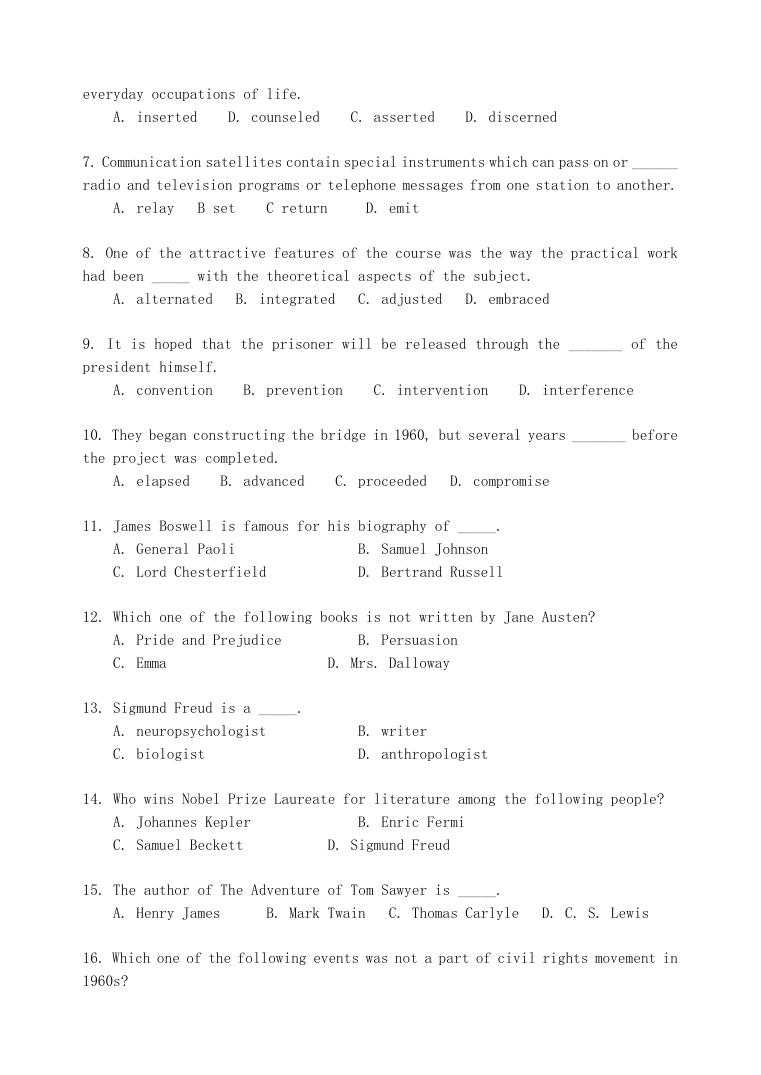
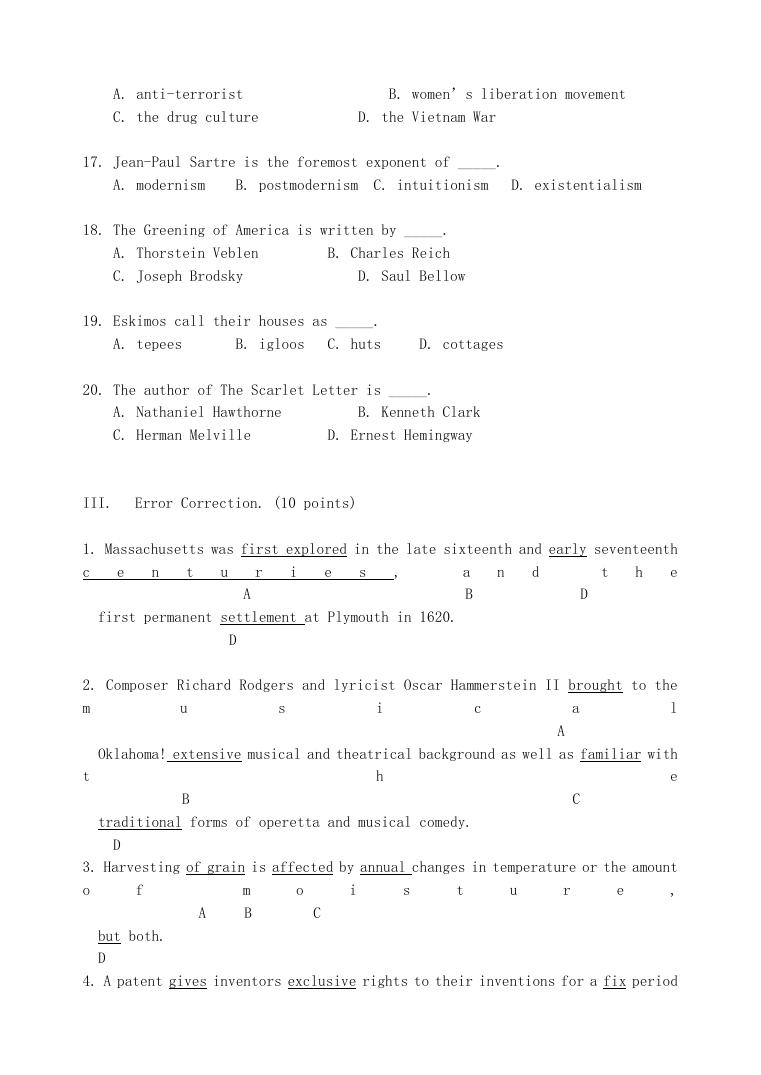
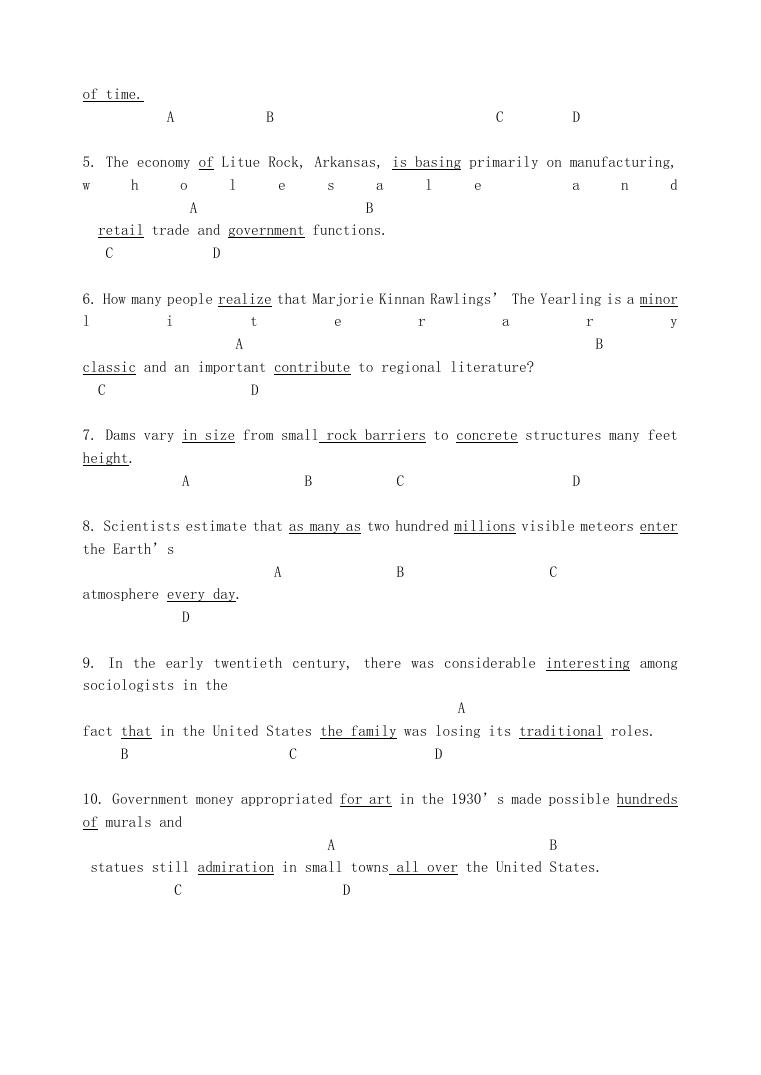
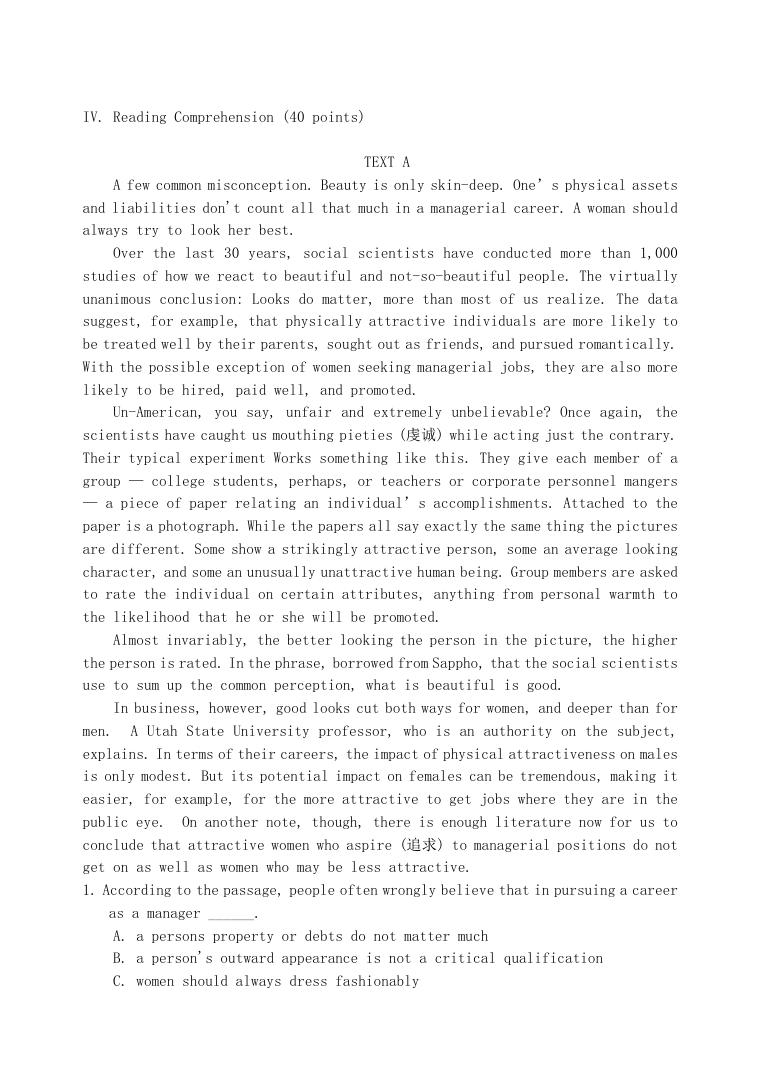

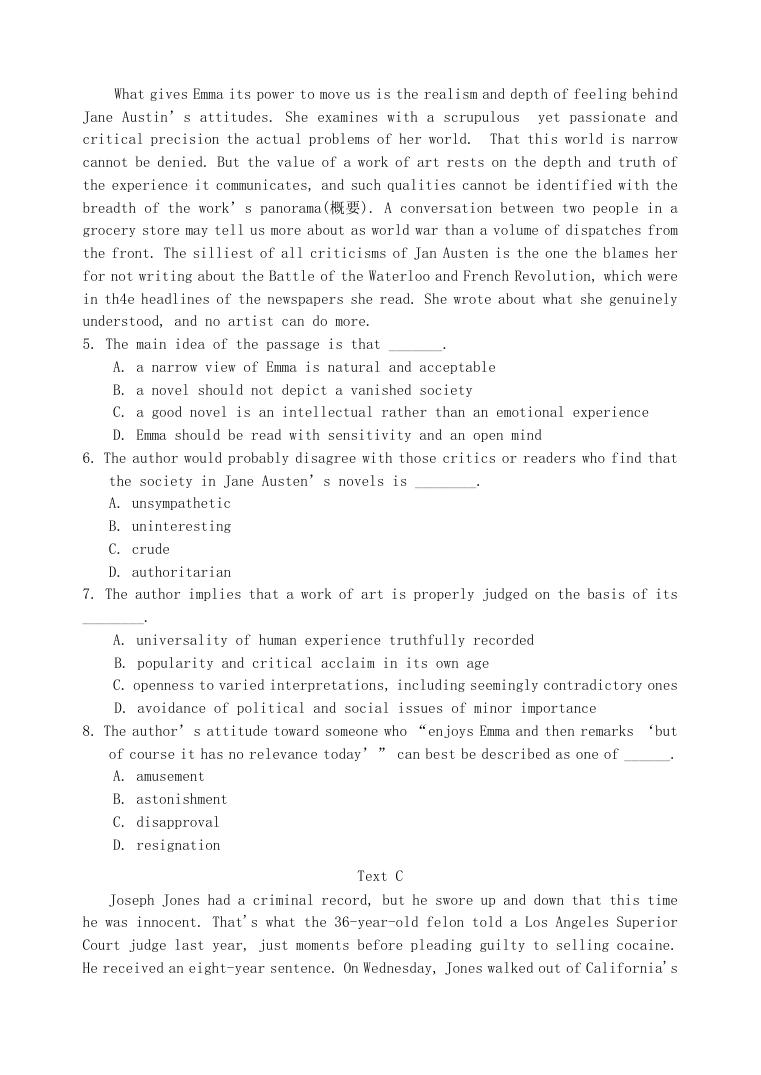
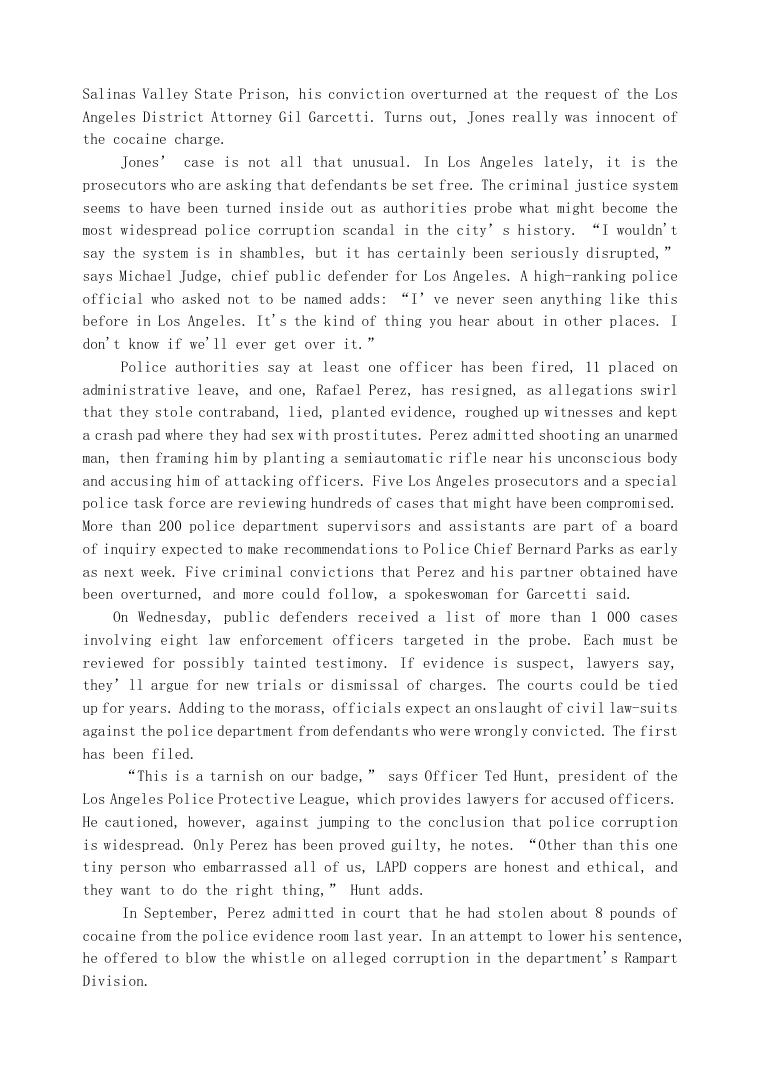








 2023年江西萍乡中考道德与法治真题及答案.doc
2023年江西萍乡中考道德与法治真题及答案.doc 2012年重庆南川中考生物真题及答案.doc
2012年重庆南川中考生物真题及答案.doc 2013年江西师范大学地理学综合及文艺理论基础考研真题.doc
2013年江西师范大学地理学综合及文艺理论基础考研真题.doc 2020年四川甘孜小升初语文真题及答案I卷.doc
2020年四川甘孜小升初语文真题及答案I卷.doc 2020年注册岩土工程师专业基础考试真题及答案.doc
2020年注册岩土工程师专业基础考试真题及答案.doc 2023-2024学年福建省厦门市九年级上学期数学月考试题及答案.doc
2023-2024学年福建省厦门市九年级上学期数学月考试题及答案.doc 2021-2022学年辽宁省沈阳市大东区九年级上学期语文期末试题及答案.doc
2021-2022学年辽宁省沈阳市大东区九年级上学期语文期末试题及答案.doc 2022-2023学年北京东城区初三第一学期物理期末试卷及答案.doc
2022-2023学年北京东城区初三第一学期物理期末试卷及答案.doc 2018上半年江西教师资格初中地理学科知识与教学能力真题及答案.doc
2018上半年江西教师资格初中地理学科知识与教学能力真题及答案.doc 2012年河北国家公务员申论考试真题及答案-省级.doc
2012年河北国家公务员申论考试真题及答案-省级.doc 2020-2021学年江苏省扬州市江都区邵樊片九年级上学期数学第一次质量检测试题及答案.doc
2020-2021学年江苏省扬州市江都区邵樊片九年级上学期数学第一次质量检测试题及答案.doc 2022下半年黑龙江教师资格证中学综合素质真题及答案.doc
2022下半年黑龙江教师资格证中学综合素质真题及答案.doc